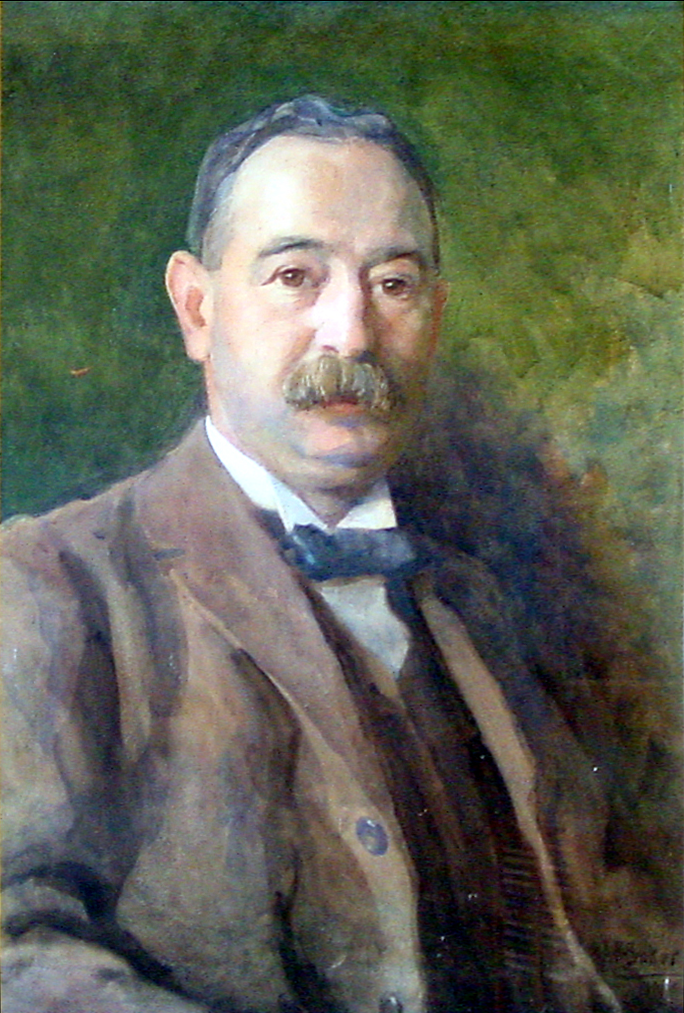
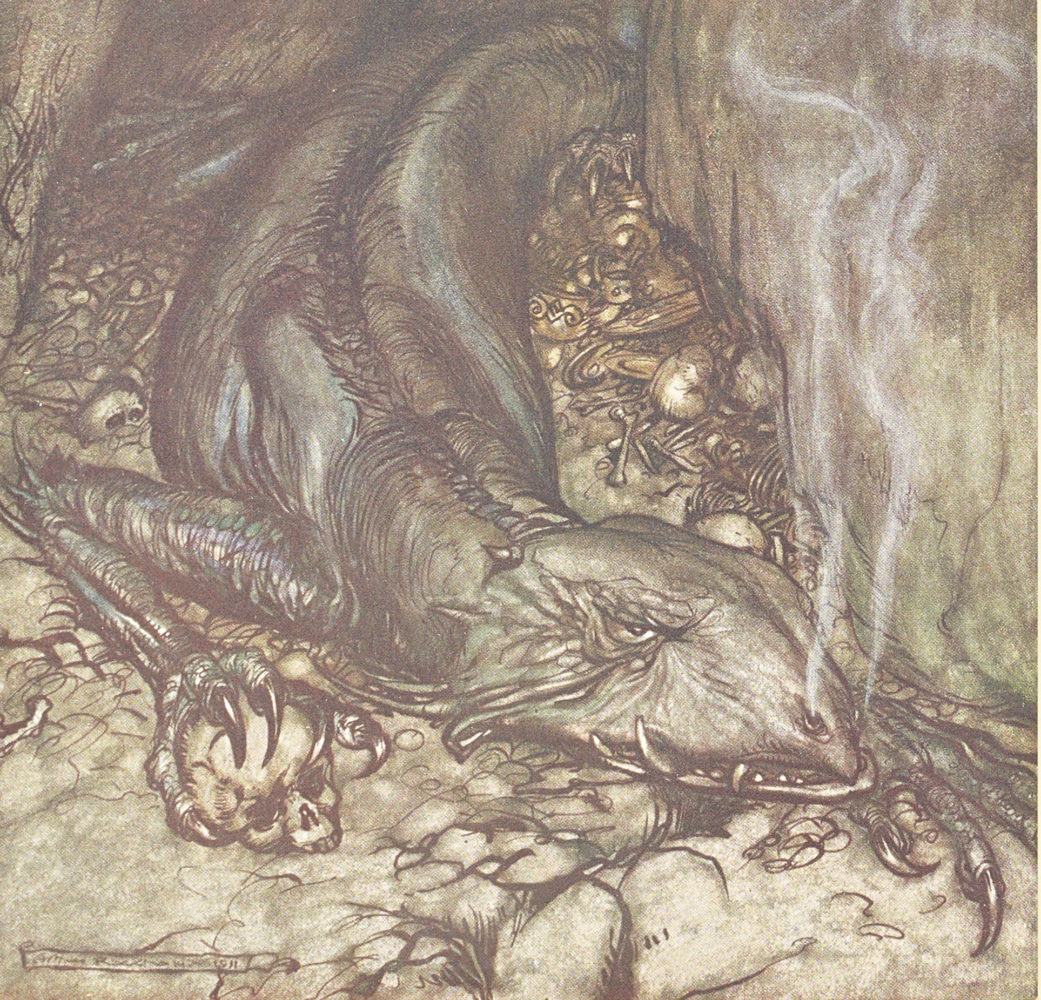

The literary works that Lewis read, studied and taught as a Fellow in English were highly influential in the writing of his fictional works. Particularly important for the Narnia stories were the medieval legends surrounding King Arthur and the knights of the round table, as recorded in the anonymous fourteenth-century poem Sir Gawain and the Green Knight and Thomas Malory’s fifteenth-century prose collection of Arthurian tales, Le Morte Darthur. Lewis’s writing was also greatly influenced by the writings of George MacDonald, who appears as an authoritative guide in Lewis’s dream vision The Great Divorce (1945), paralleling Virgil’s role in Dante’s Divine Comedy.
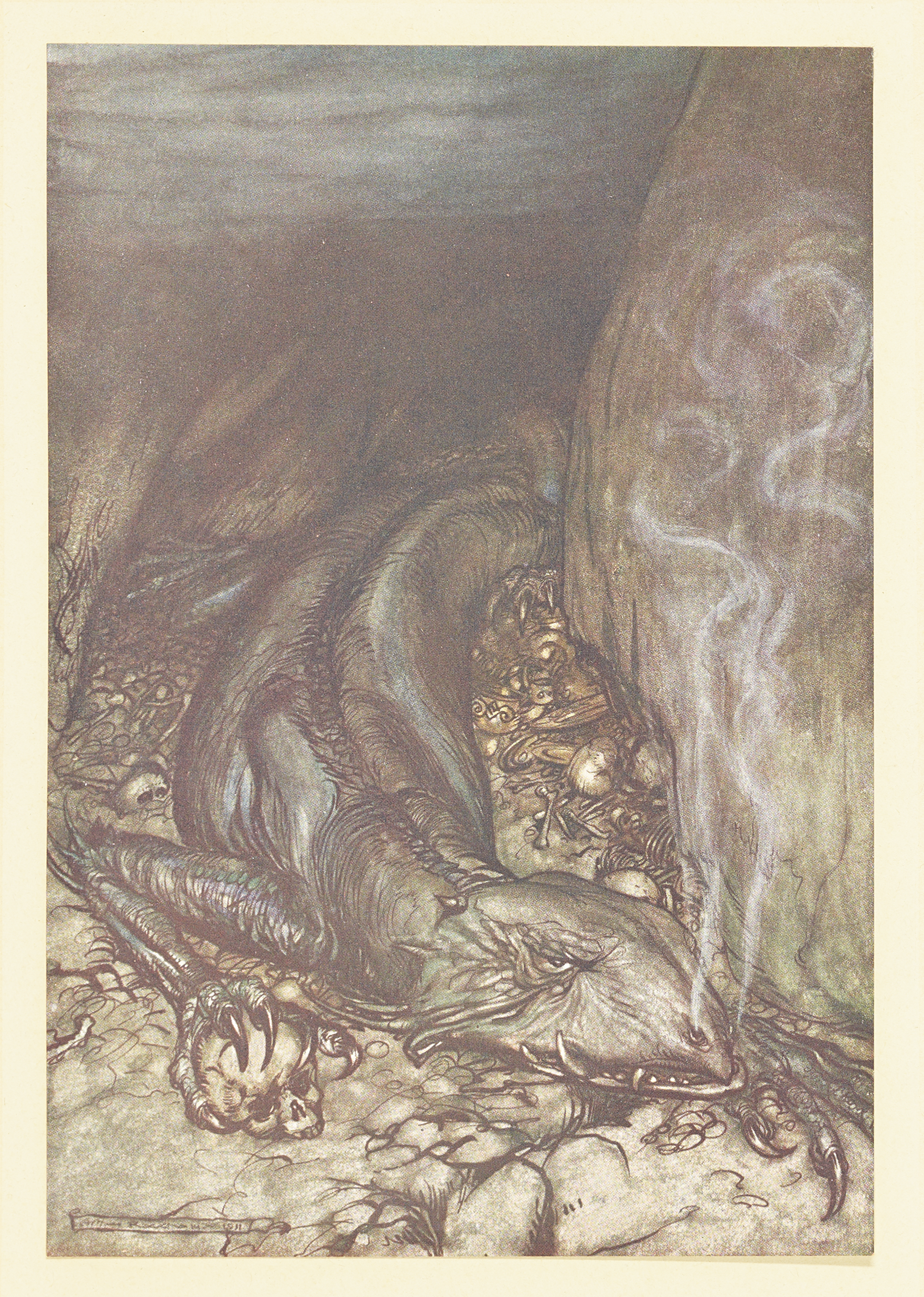
R. Wagner, Siegfried and the Twilight of the Gods, with illustrations by Arthur Rackham
Arthur Rackham’s illustrations to Wagner’s Siegfried and the Twilight of the Gods introduced Lewis to the concept of ‘Northernness’ and stimulated his love of the sagas and myths of the ancient north. This illustration depicts the dragon Fafner guarding his treasure hoard, whose story influenced the events on Dragon Island in The Voyage of the Dawn Treader.
Magdalen College Library, 861 WAG (res.)
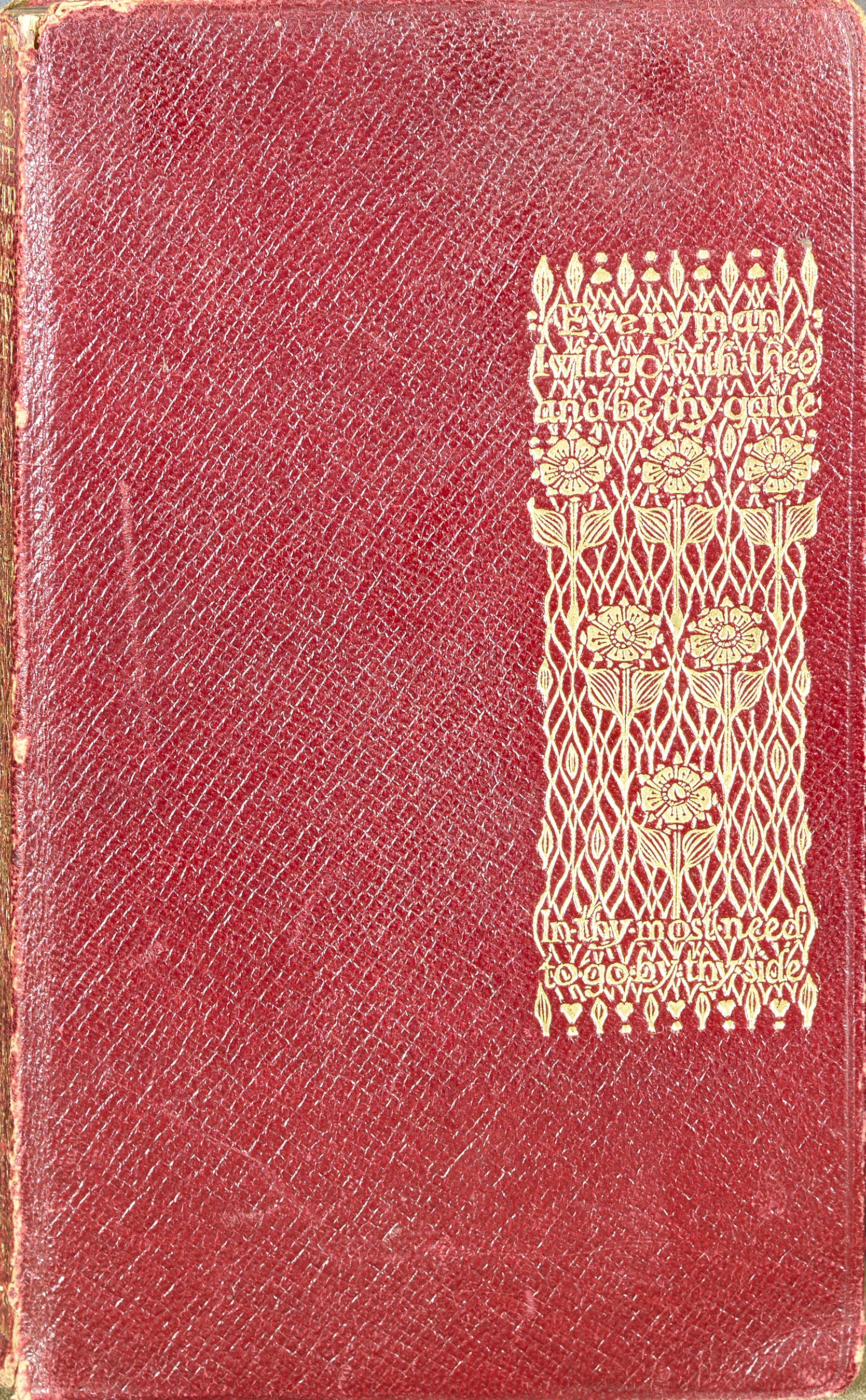
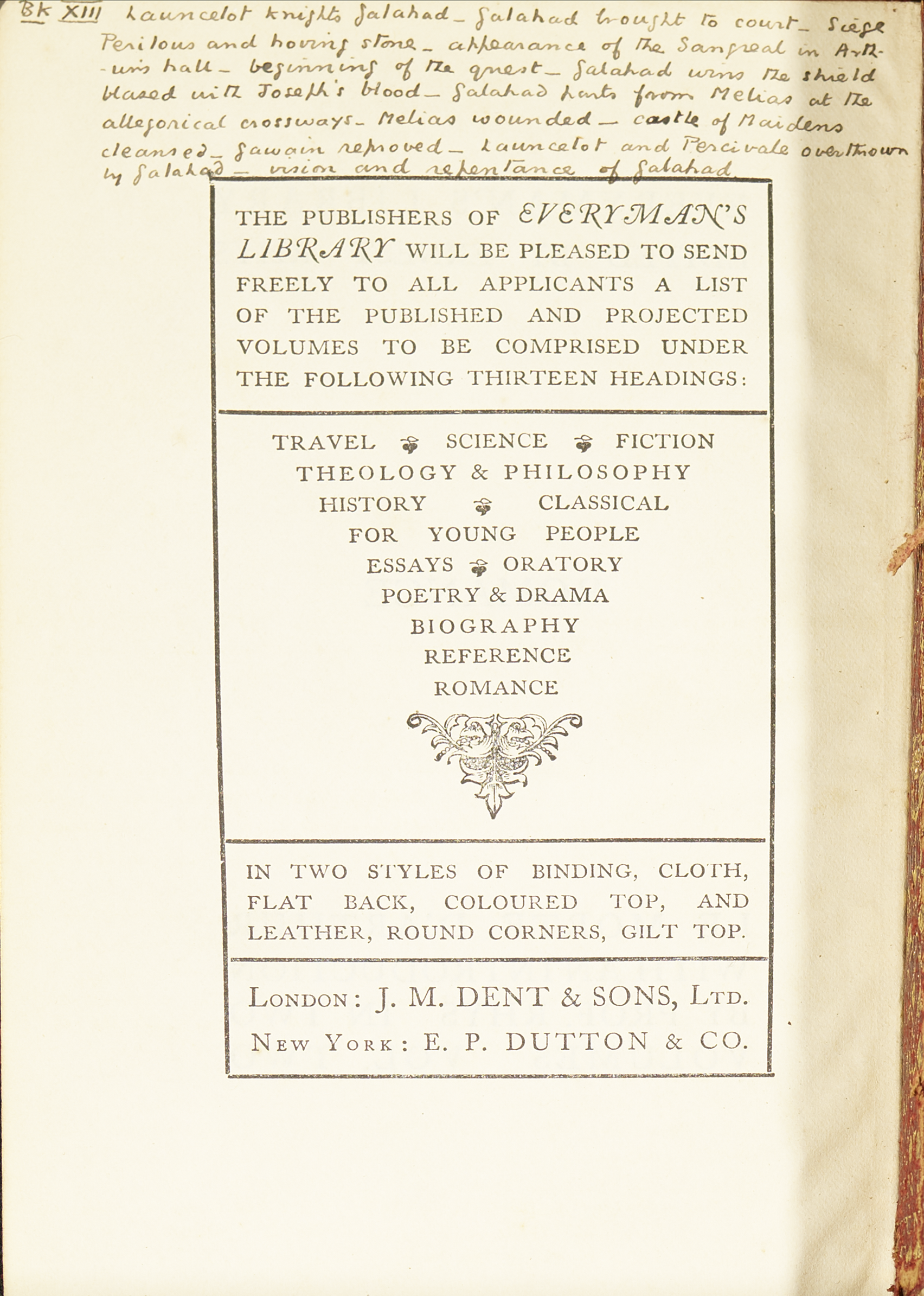

C.S. Lewis’s copy of Thomas Malory, Morte d’Arthur (Dent, 1910),
Volume I
Thomas Malory’s collection of stories about King Arthur and the knights of the round table was a lifelong favourite. Lewis purchased this copy in 1914. Reviewing a new edition in 1947, Lewis described Le Morte Darthur as ‘a sacred and central possession of all who speak the English tongue’.
Volume II
According to Lewis, to properly enjoy a book he had to annotate it heavily with a fine-nibbed pen and add an index of all the highlighted passages at the end. As a result, the book ‘acquires the charm of a toy without losing that of a book’.
Permission to reproduce given by the estate of Walter Hooper
.
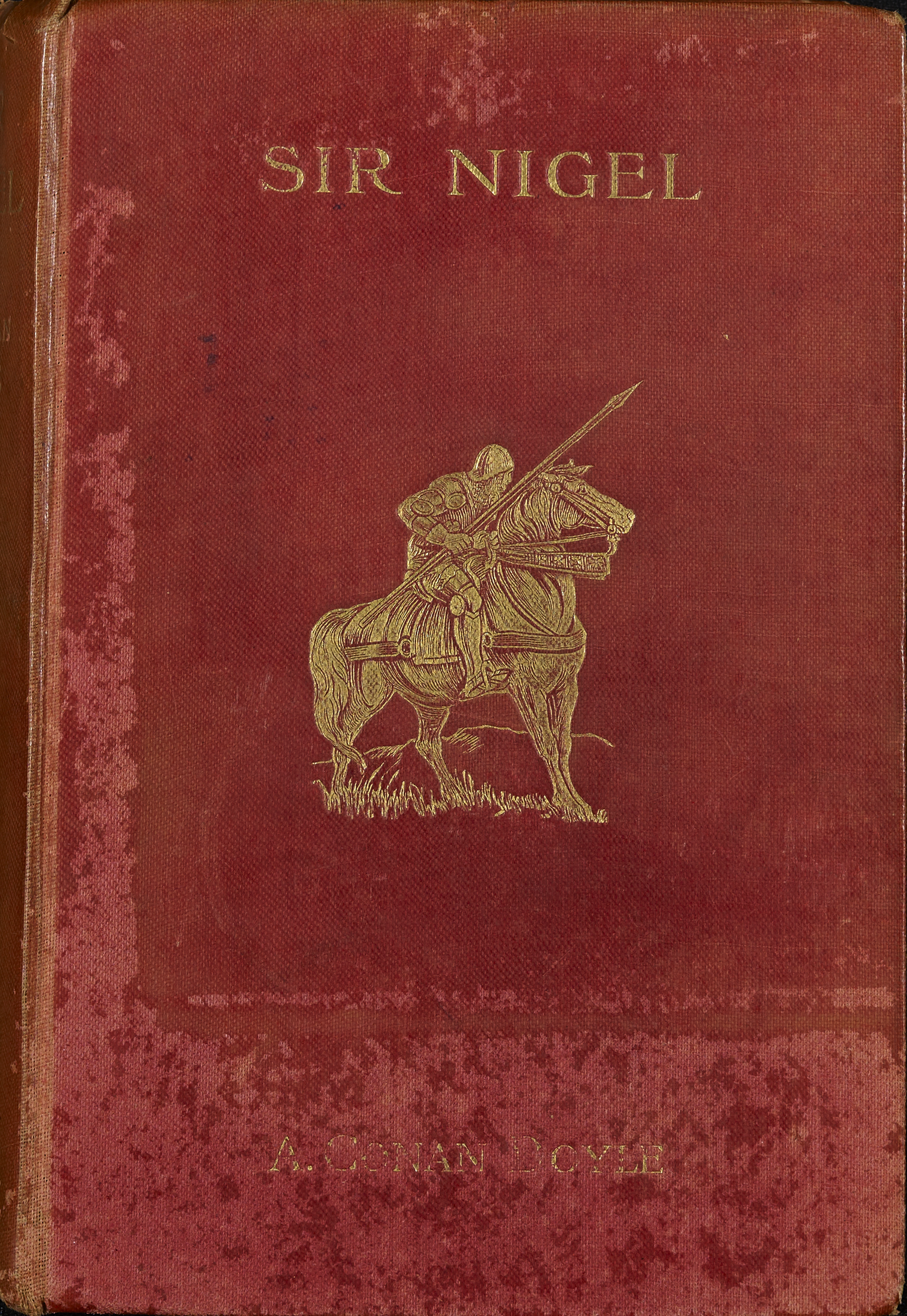
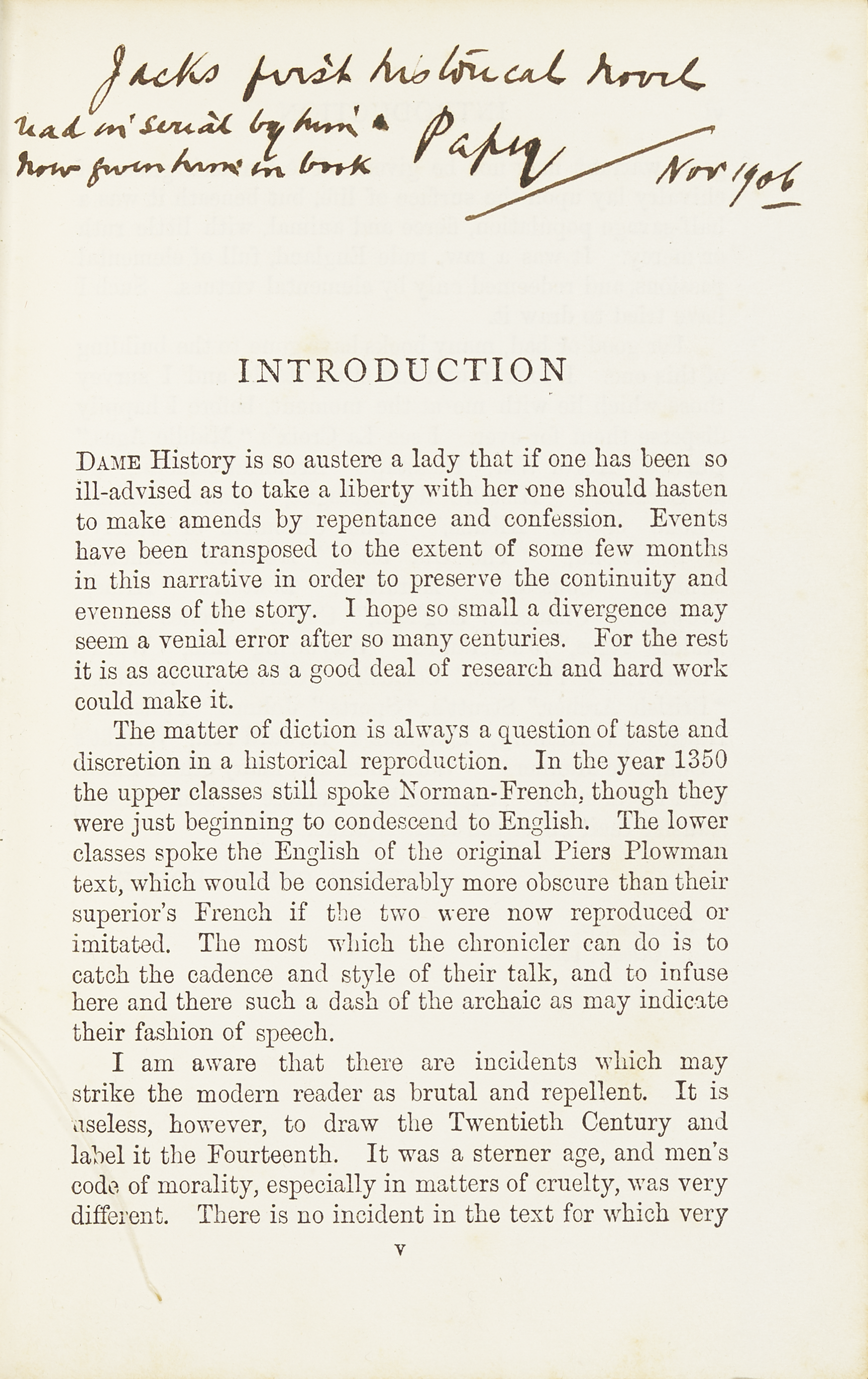
Conan Doyle, Sir Nigel (Smith, Elder & Co., 1906)
In Surprised by Joy, Lewis recalls how Sir Nigel first introduced him to knights in armour. This copy was presented to Lewis (known as Jack) by his father for his 8th birthday.
Permission to reproduce given by the estate of Walter Hooper


Portrait of C.S. Lewis’s father, Albert
Albert Lewis (1863-1929), painted by Alfred Rawlings Baker in 1917.
Magdalen College Chattels
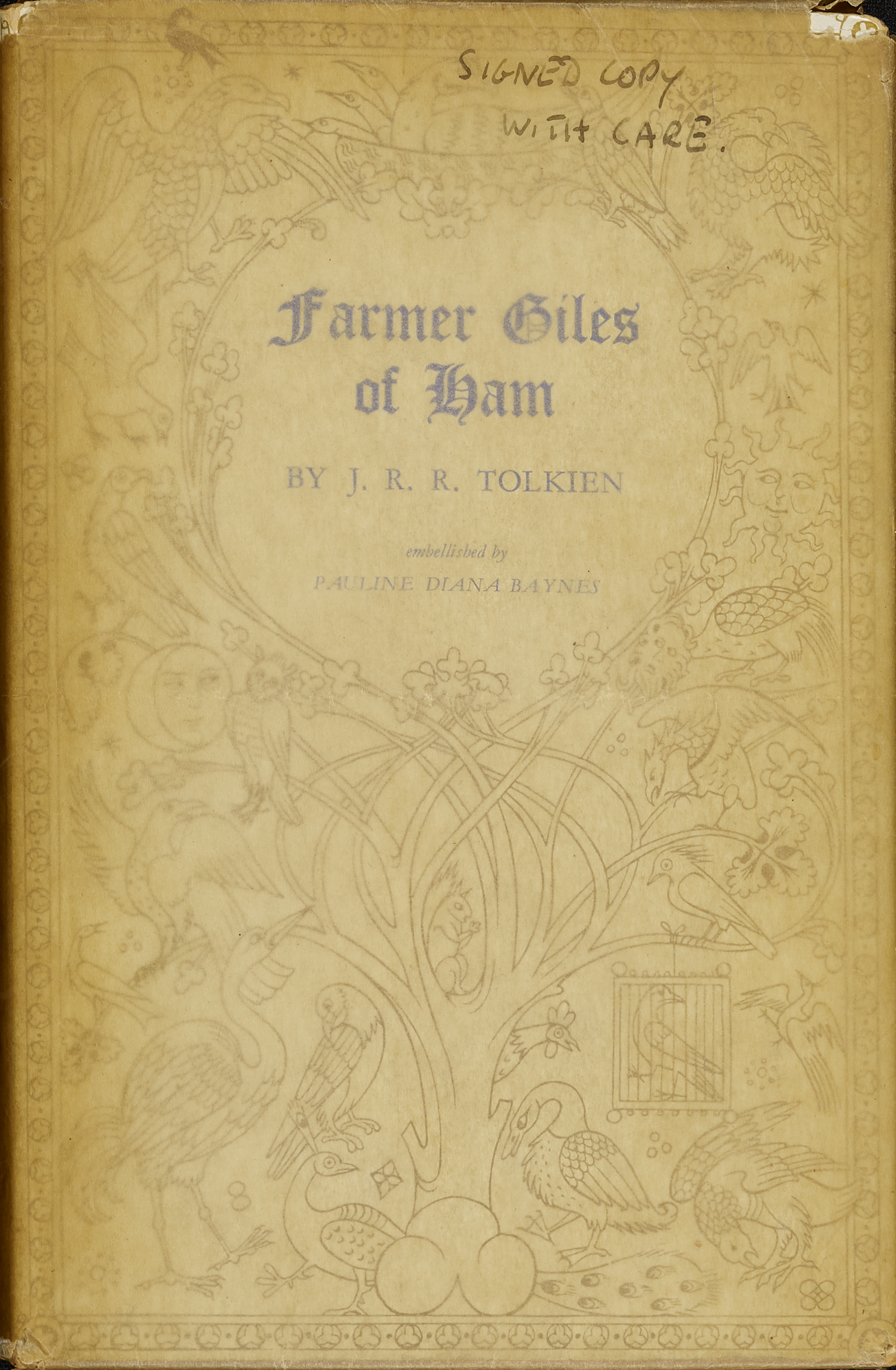


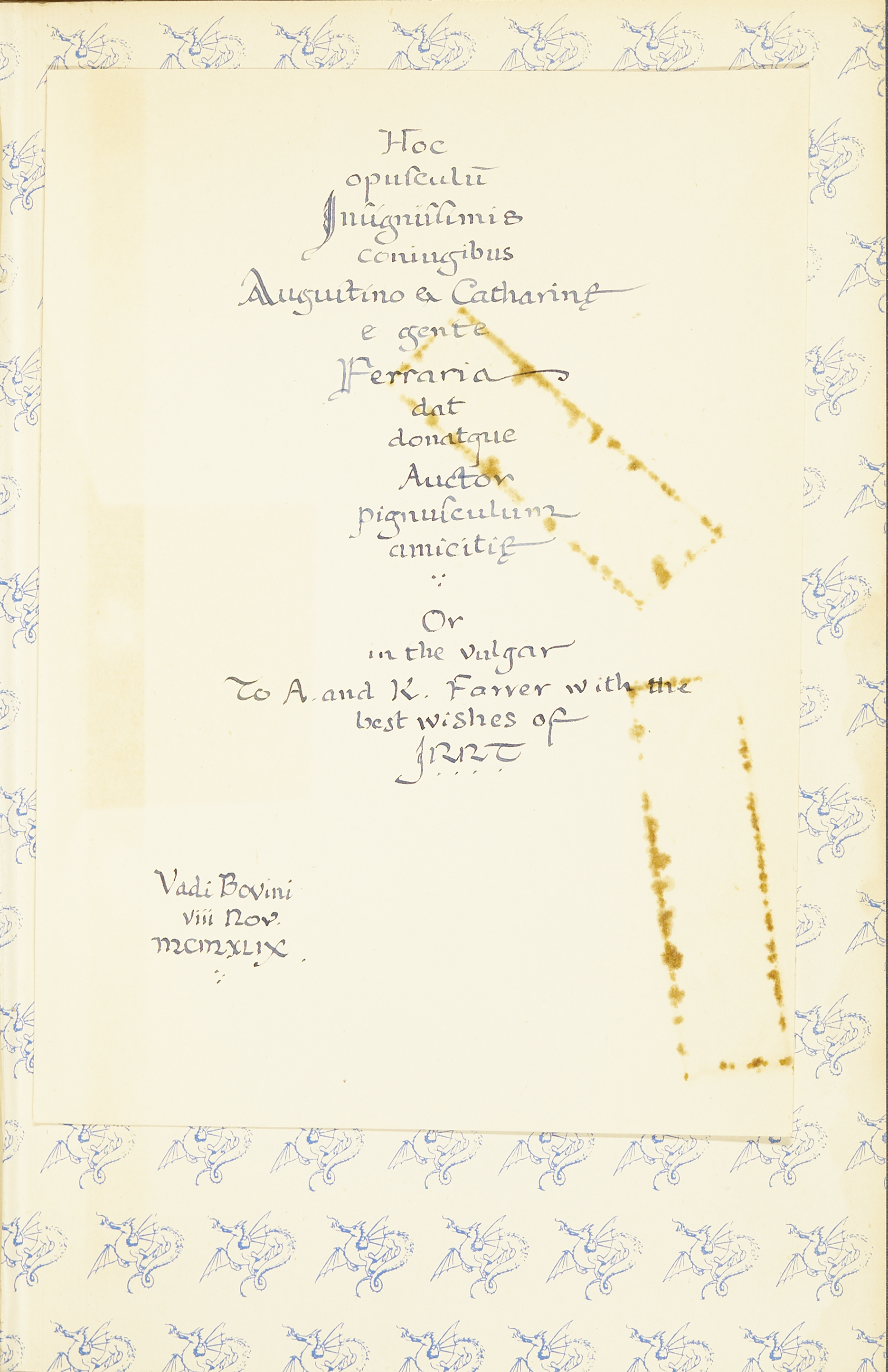
J.R.R. Tolkien, Farmer Giles of Ham (George Allen & Unwin, 1949)
The illustrations for the Narnia stories were produced by Pauline Baynes. Lewis was first introduced to her work by the drawings she contributed to J.R.R. Tolkien’s Farmer Giles of Ham (1949). This copy was given by Tolkien to his friends Austin and Katharine Farrer.
Permission to reproduce given by the estate of Walter Hooper
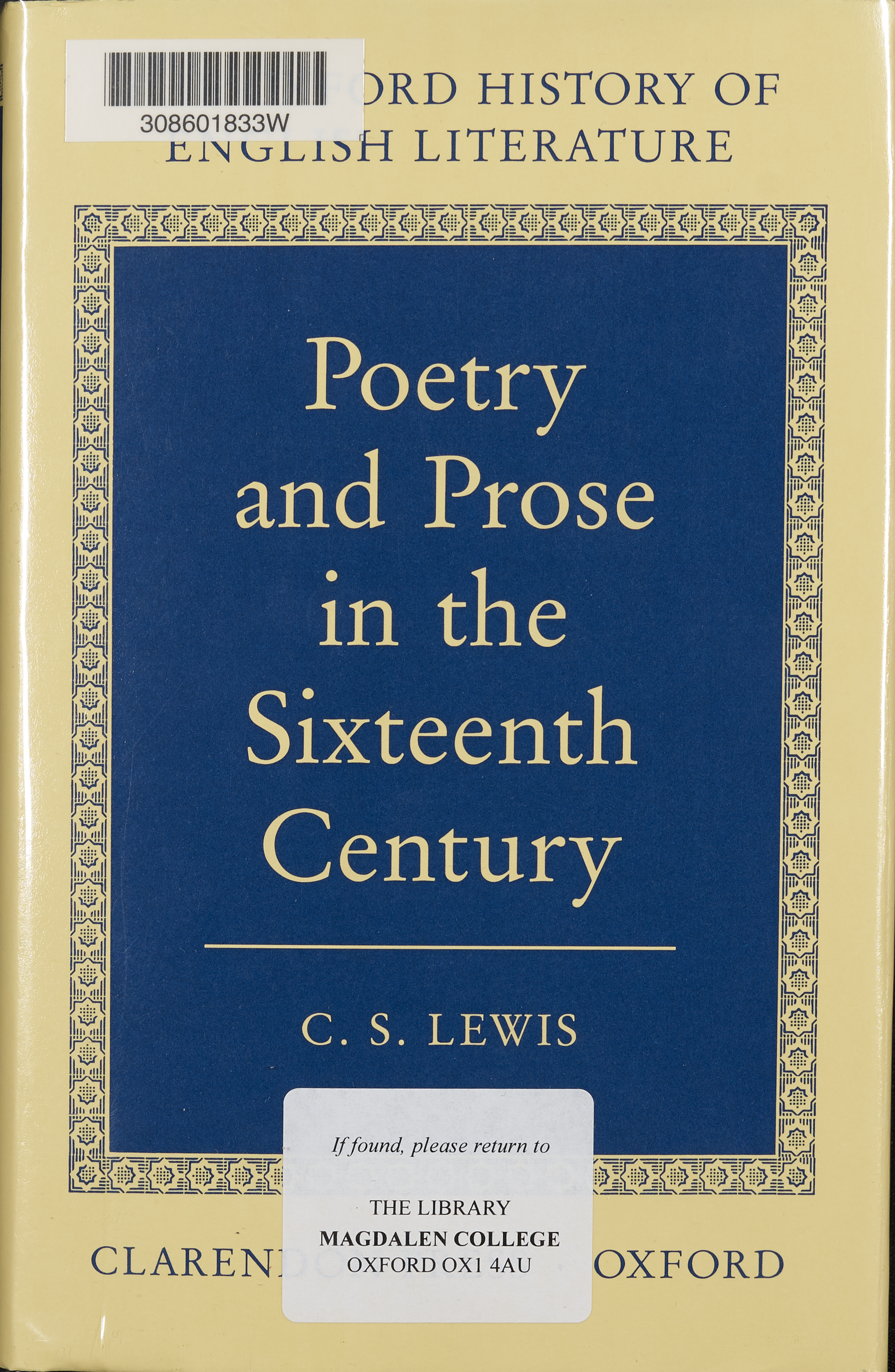
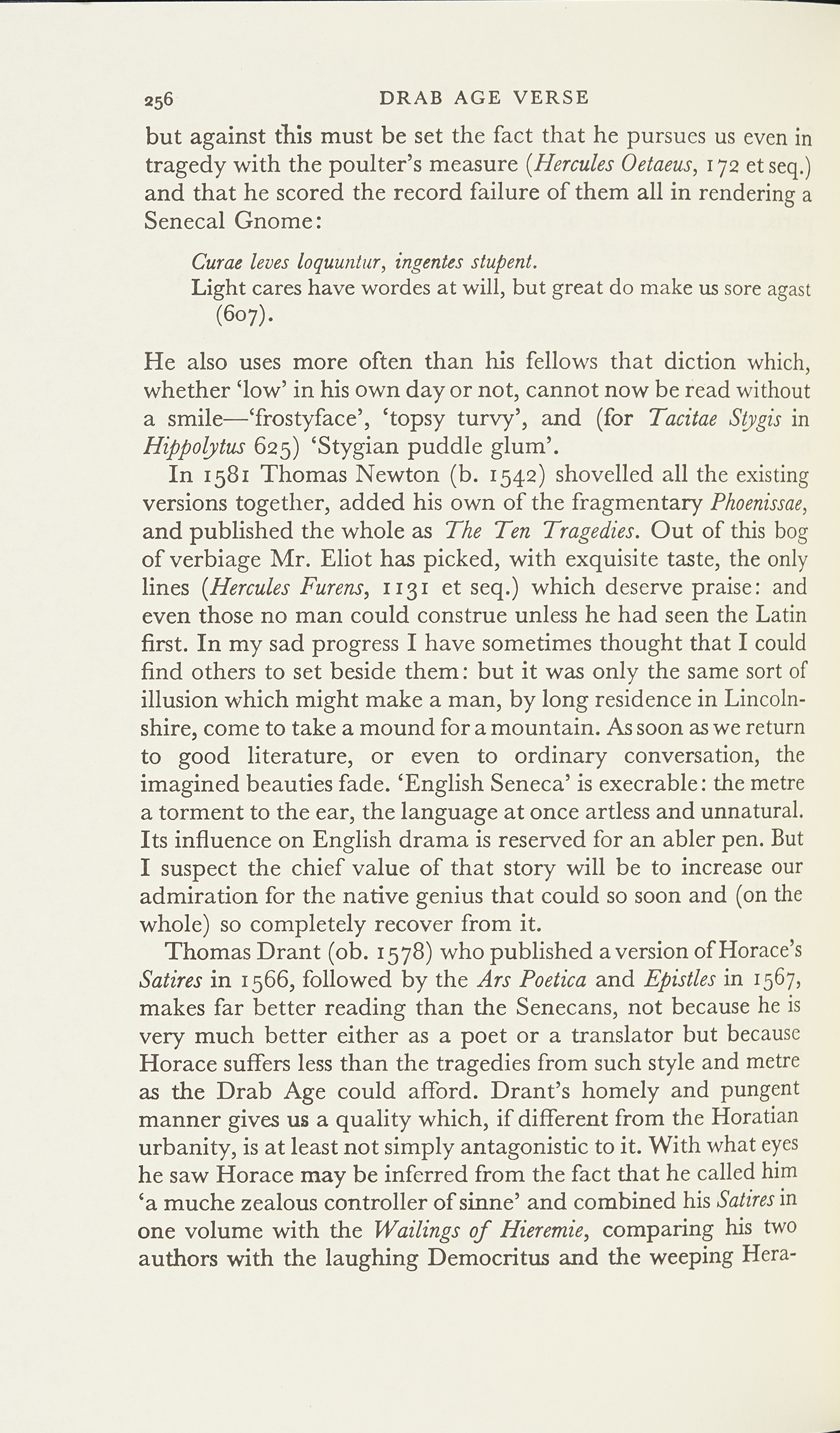
C.S. Lewis, English Literature in the Sixteenth Century (Oxford University Press, 1954)
Lewis’s magisterial account of sixteenth-century literature includes a discussion of John Studley’s translation of Seneca. Studley’s rendering of Tacitae Stygis as ‘Stygian puddle glum’ is the origin of the name of Lewis’s Marsh-Wiggle.
Magdalen College Library, Magd. LEWI-C (ENG)
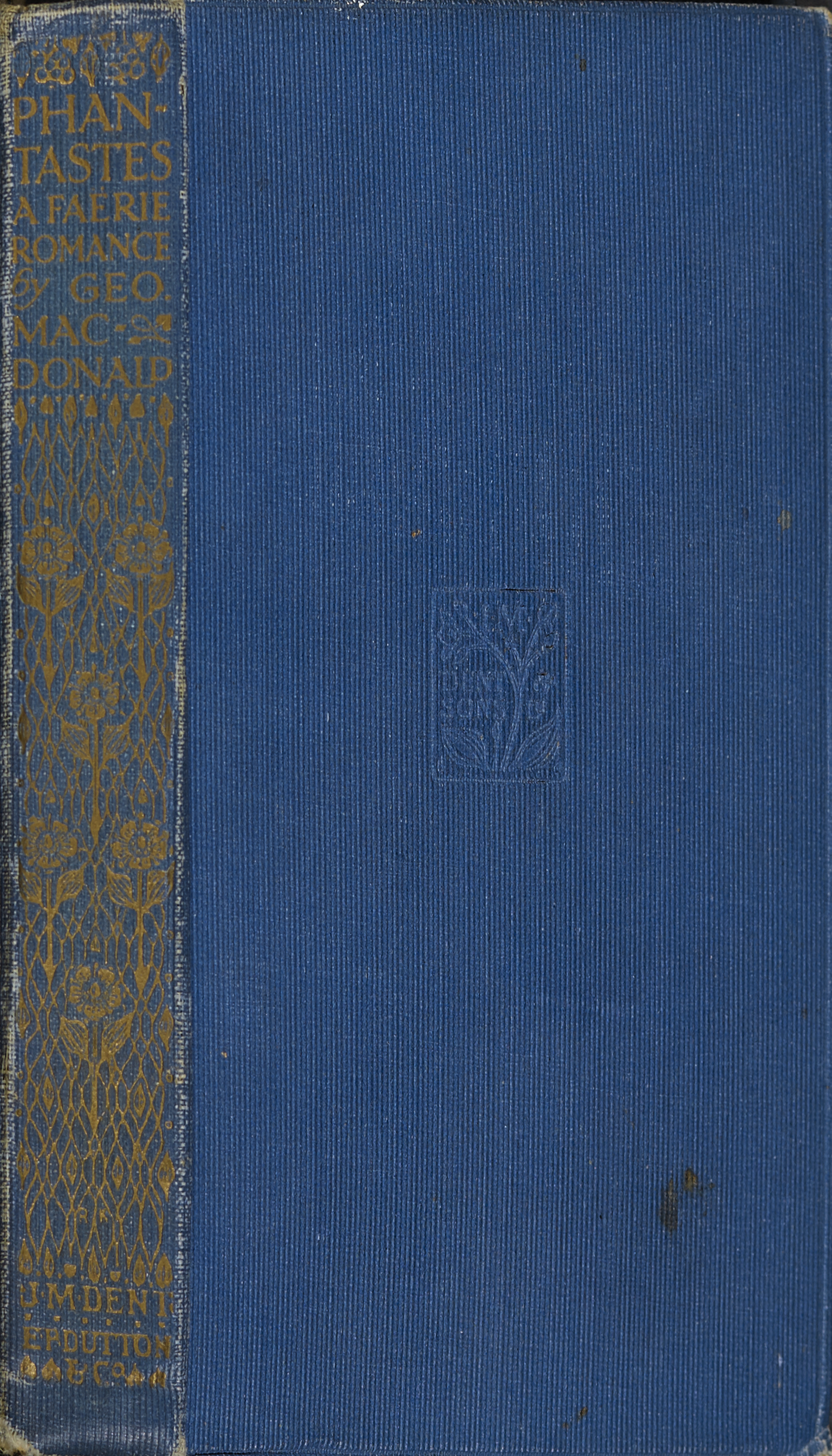
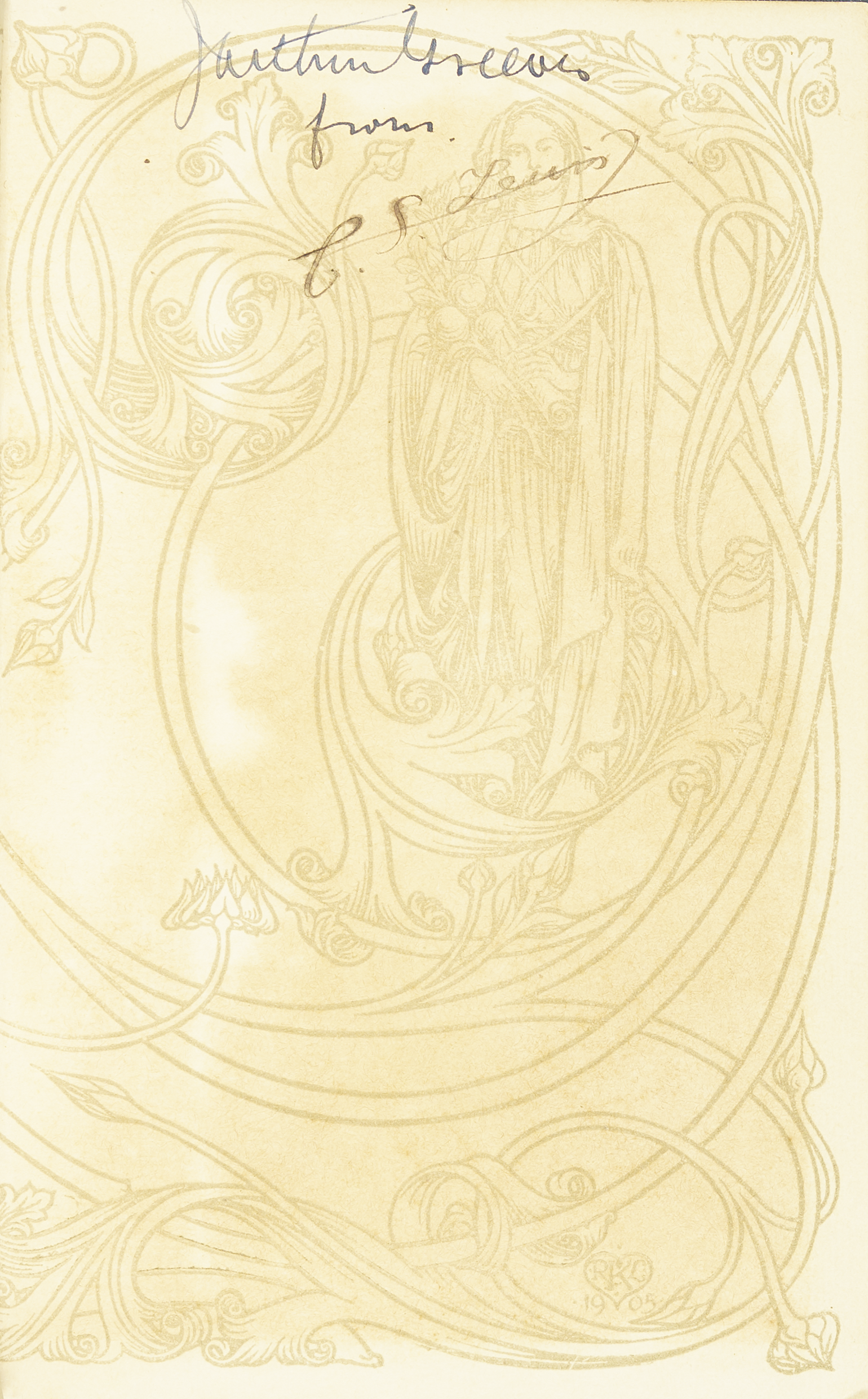
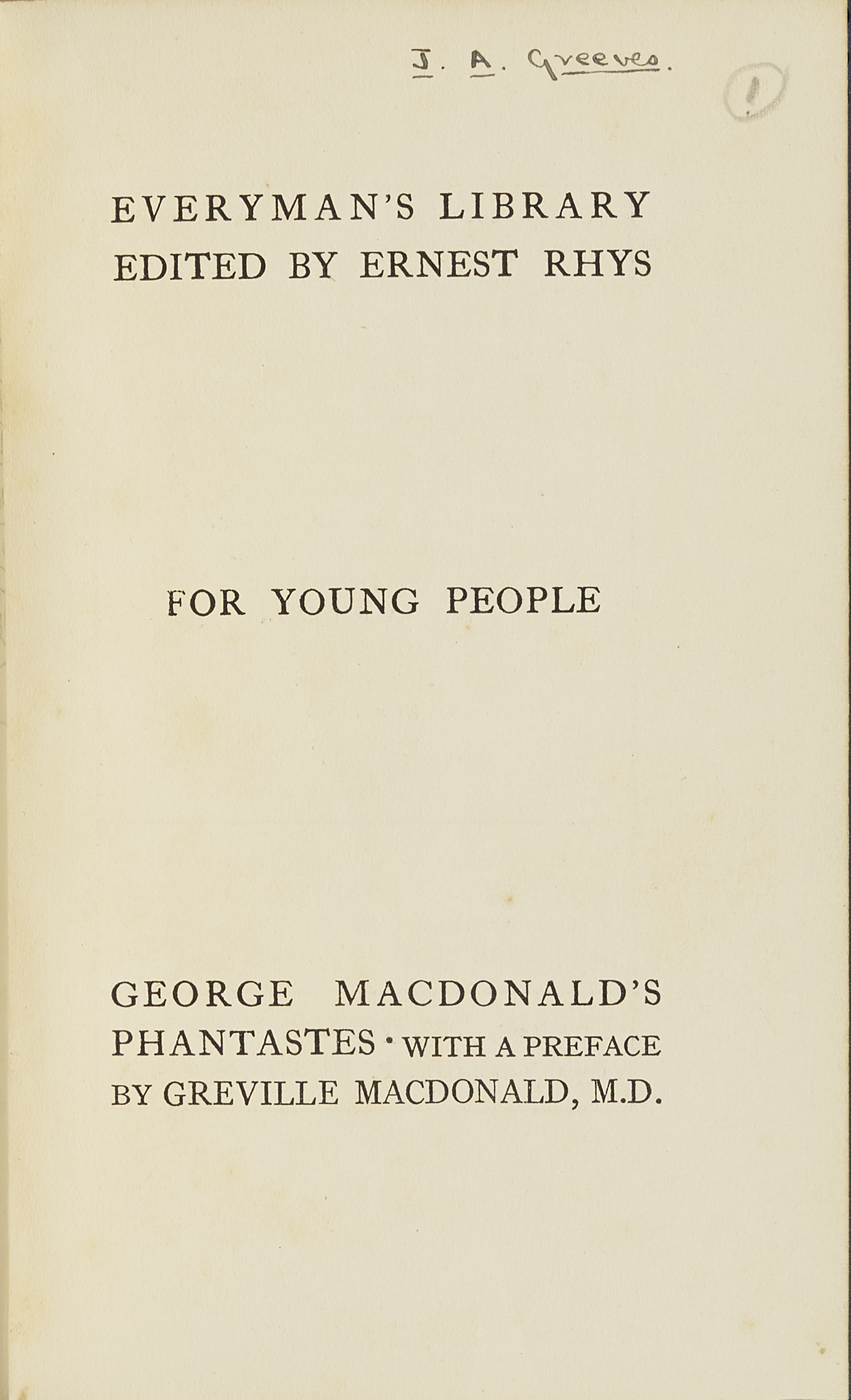
George MacDonald, Phantastes: a faërie romance (Dent, 1924)
Lewis described how reading George MacDonald’s Phantastes as a young man baptised his imagination. He wrote to his friend Arthur Greeves urging him: ‘whatever the book you are reading now, you simply MUST get this at once’. Lewis evidently decided that the best way to ensure his friend read the book was to give him a copy.
Permission to reproduce given by the estate of Walter Hooper